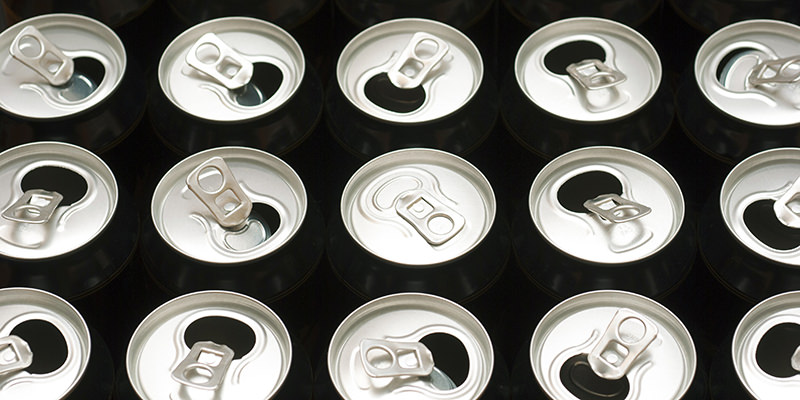In 2013, the team at Oregon-based wine producer Union Wine Co. was looking to rebrand themselves. Having launched nearly a decade earlier, they felt they needed a new product to bring to market that would be attractive to consumers while still embodying their philosophy of making great craft wine without pretense. Several glasses of wine into one particularly long brainstorming session, an idea started to form: They would put it in a can.
“We really didn’t have any expectation that this was going to become a ‘thing’,” says owner and winemaker Ryan Harms.
The next year, the company debuted its Underwood Pinot Noir canned wine at the annual food and wine festival, Portland Feast. It was a smashing success. Since then, Underwood has also begun canning their Pinot Gris and, most recently, their rosé. And while they’re certainly one of the more popular and widely distributed of the canned wines, they’re not alone in this brave new world of alternative packaging. The Francis Ford Coppola Winery credits itself with having pioneered the practice of canning wine in 2004 when it released its Sofia Blanc de Blanc minis. More recently, Denver-based Infinite Monkey Theorem and Field Recordings of Paso Robles have joined the fray to great success.
“We can’t keep them in stock,” says Field Recordings winemaker, Andrew Jones.
Although the various incarnations of canned wine started to trickle onto the market in 2014, it wasn’t until this past spring and summer that consumer interest in aluminum-packaged wine took off. While the novelty of wine in a can has certainly aided its popularity, the winemakers say that it’s the convenience, portability and cost-effectiveness that has kept it on shelves.
“Putting wine in a can not only saves on packaging costs, but opens up the wine drinking experience to places where it had previously been difficult, like outdoor events or when portability is needed,” says Harms.
And consumers appear to agree.
Aaron Hans, owner of the Brooklyn wine shop Big Nose, Full Body and its neighboring wine bar Brookvin, says a majority of the the customers at his shop buy his selection of canned wines for their grab-and-go convenience.
“We are located very close to Prospect Park, so a lot of purchases are for drinking there,” he says. “But people also buy them for camping and the beach. It’s a great alternative for when a bottle of wine just isn’t convenient.”
It’s convenience notwithstanding, a bigger questions remains: Is wine in a can any good? According to the internet, it depends on who you ask.
Tasting Table has lauded Field Recordings’ Fiction line of canned wines as “totally delicious,” and New York wine writer and sommelier Nora O’Malley wrote in a Thrillist article that “the only potential downside” to Union Wine’s Underwood products was that they “may go down a little too easily.” But in a 2011 article about alternative wine packaging, chief Wall Street Journal wine critic Lettie Teague wrote that canned wines tasted “tinny and thin and left me thinking (longingly) of beer.” In an otherwise positive review of Underwood’s canned offerings, Jon Thorsen, author of the popular blog Reverse Wine Snob, said most producers who have experimented with aluminum cans have struggled to put out a quality product. “The key is, of course, making sure the can is filled with something good,” he wrote. “And that’s where most of the offerings on the market come up short.”
Experiments with wine packaging have always been met with some form of resistance by purists — think boxed wine, screw tops, and taps. But while much of the early success of many canned wines was based on sheer novelty, Jones believes there is something more tangible behind their strong sales.
“Wine gets so stale and uppity and we’re just trying to keep things fresh and new,” he says. “The more I am out in the market [I’m finding] people believe in the product and not just buying it for the novelty.”
Harms says the cans have made wine more approachable overall, which is never a bad thing.
“This isn’t really something for wine snobs,” he says. “We’re at the forefront of a new trend – the ‘beerification’ of wine. Consumers are signaling an acceptance and we believe they are demanding brands to be innovative to connect their needs. We know people are passionate about good wine, as we are, but we’re tired of snobs.”

